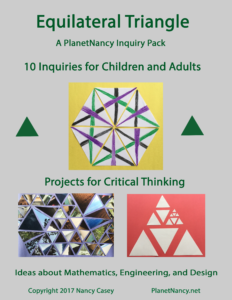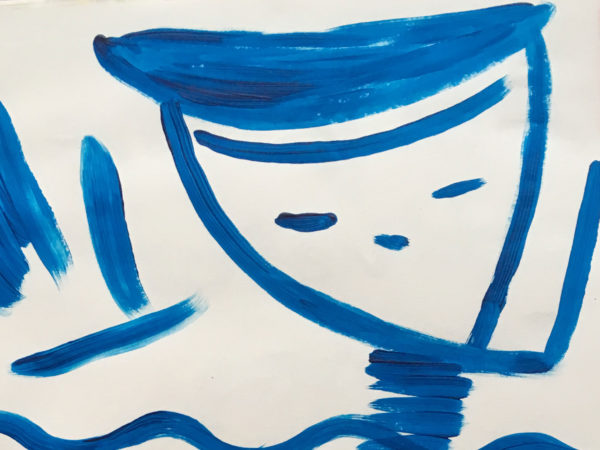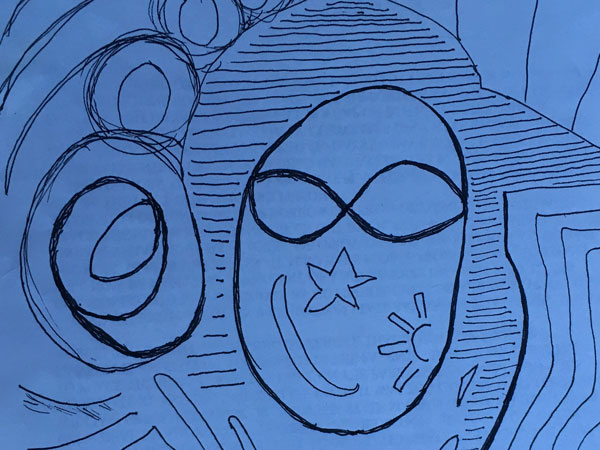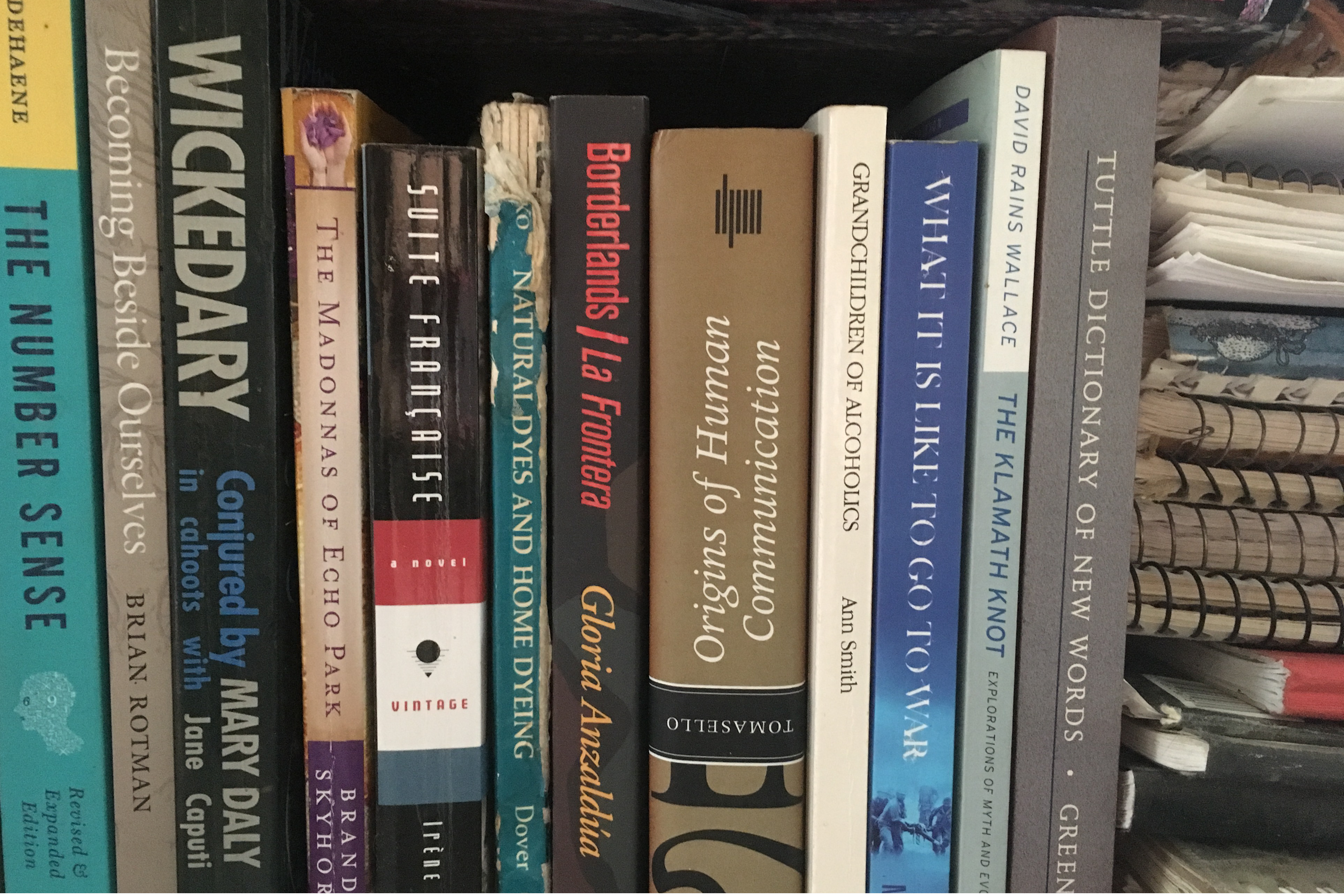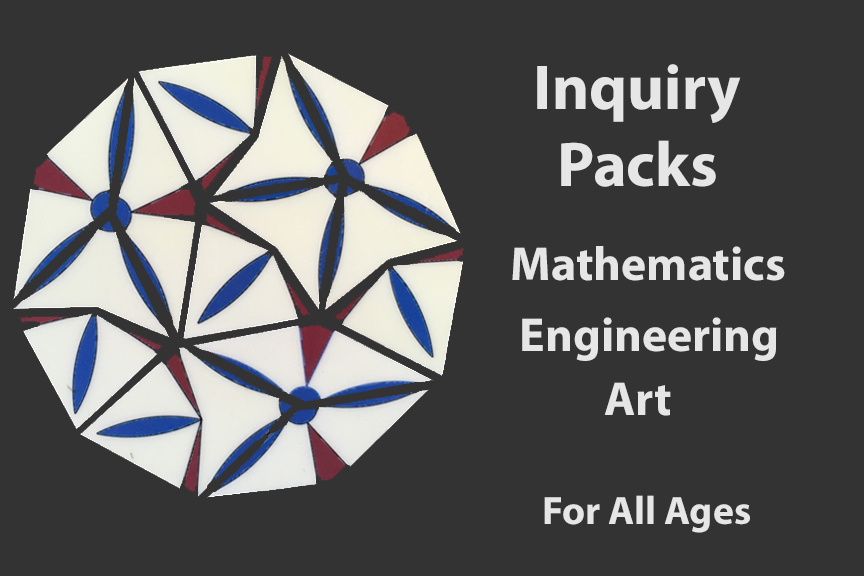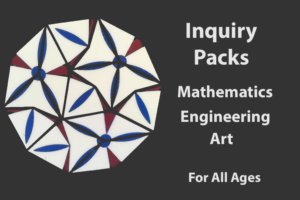 An Inquiry Pack is a collection of activities and ideas that invite you to think as a mathematician, an engineer and an artist. It’s not a pack of stuff. It’s a pack of ideas, suggestions and challenges. The inquiries in each pack invite you to make something or fiddle with simple objects and think about what you are doing. They encourage you to observe what’s in front of you, ask yourself questions, answer them and connect your ideas.
An Inquiry Pack is a collection of activities and ideas that invite you to think as a mathematician, an engineer and an artist. It’s not a pack of stuff. It’s a pack of ideas, suggestions and challenges. The inquiries in each pack invite you to make something or fiddle with simple objects and think about what you are doing. They encourage you to observe what’s in front of you, ask yourself questions, answer them and connect your ideas.
Each Inquiry Pack is organized around something to make. One person can do the inquiries alone, or groups can work together. When people collaborate, there are many opportunities for critical thinking and communication that will challenge and delight everyone.
Equilateral Triangles
The Inquiry Pack that is now available is about equilateral triangles. Those are the triangles whose sides are all the same length. The first inquiry in the pack shows you how to make large and small equilateral triangles from an ordinary sheet of paper. The remainder of the inquiries show you how to perform experiments with them. You will explore simple and complex ideas about counting. You will gain insights into geometry and other types of spatial reasoning. Your creations will be both interesting and beautiful.
Frequently Asked Questions about Inquiries
Is it Art, Math, or Engineering?
That’s for you to decide. When you are analyzing what’s possible in theory, asking “What if…” and “Is it possible?” you are thinking like a mathematician. When you figure out what you can actually make and how to put it together with the materials at hand, you become an engineer. When you want to make something beautiful and/or thought-provoking, that’s art.
These types of thinking all overlap. When you do an inquiry, all kinds of ideas will swirl in your mind. You can ask yourself which kind of thinking most appeals to you. You will notice that one type of thinking leads to another. This is because each type of thinking informs the other.
How can I use this for a science fair?
The inquiries keep encouraging you to ask yourself questions. When you figure out the answers to questions that you think up, you are doing original research. That’s what science and knowledge fairs are all about.
As you work your way through an Inquiry Pack, you make objects that are complex and interesting to look at. People who visit your exhibit can enjoy looking at what you have made. You can set your exhibit up so that people can do some of the things that you have done. You can explain your ideas and ask people questions to encourage them to think about what you have learned.
“All ages” is pretty vague. Aren’t some ages too young?
It’s true that “all ages” is a very big range! People don’t just have different ages, they also have different abilities and experience. They have different interests, different ways of noticing things and different ways of approaching problems. Small children can’t always articulate what they are thinking, but they are keen observers. Children think more deeply than most of us imagine.
In order to do an inquiry, somebody in the group obviously has to be old enough to fold paper, manage glue, read the directions and do whatever else is called for. Very small children might not be up to such tasks. They’re also unlikely to grasp the full range of questions and challenges laid out in an inquiry. Even so, they can organize objects, identify shapes and colors, count, imitate what you are doing and make comments. Ideas or vocabulary from an inquiry might find their way into a young child’s play. When that happens, you know you have enriched their thinking.
How do I find the Inquiry Packs?
Inquiry Packs come as a file that you can download. To do that, click here.
